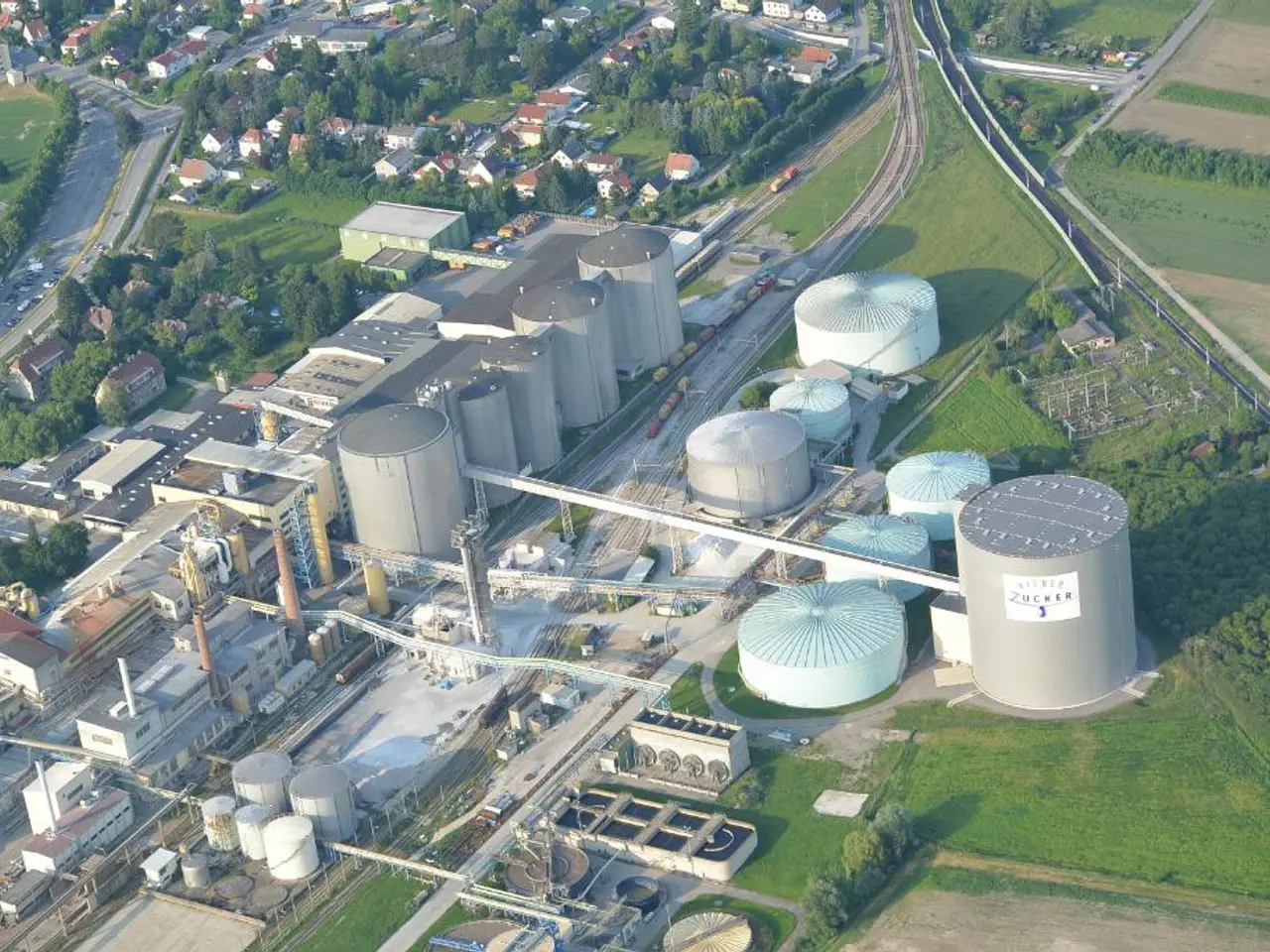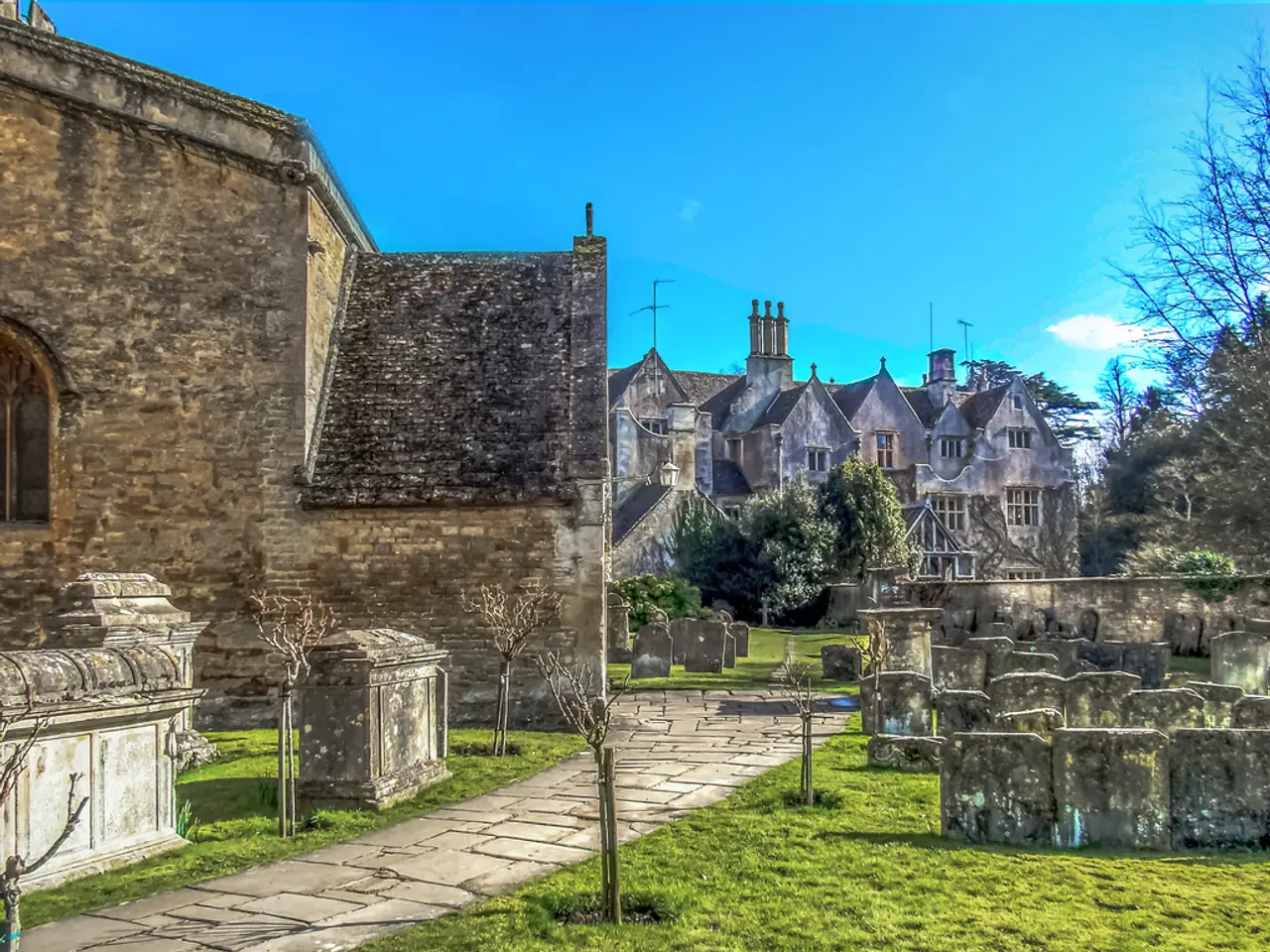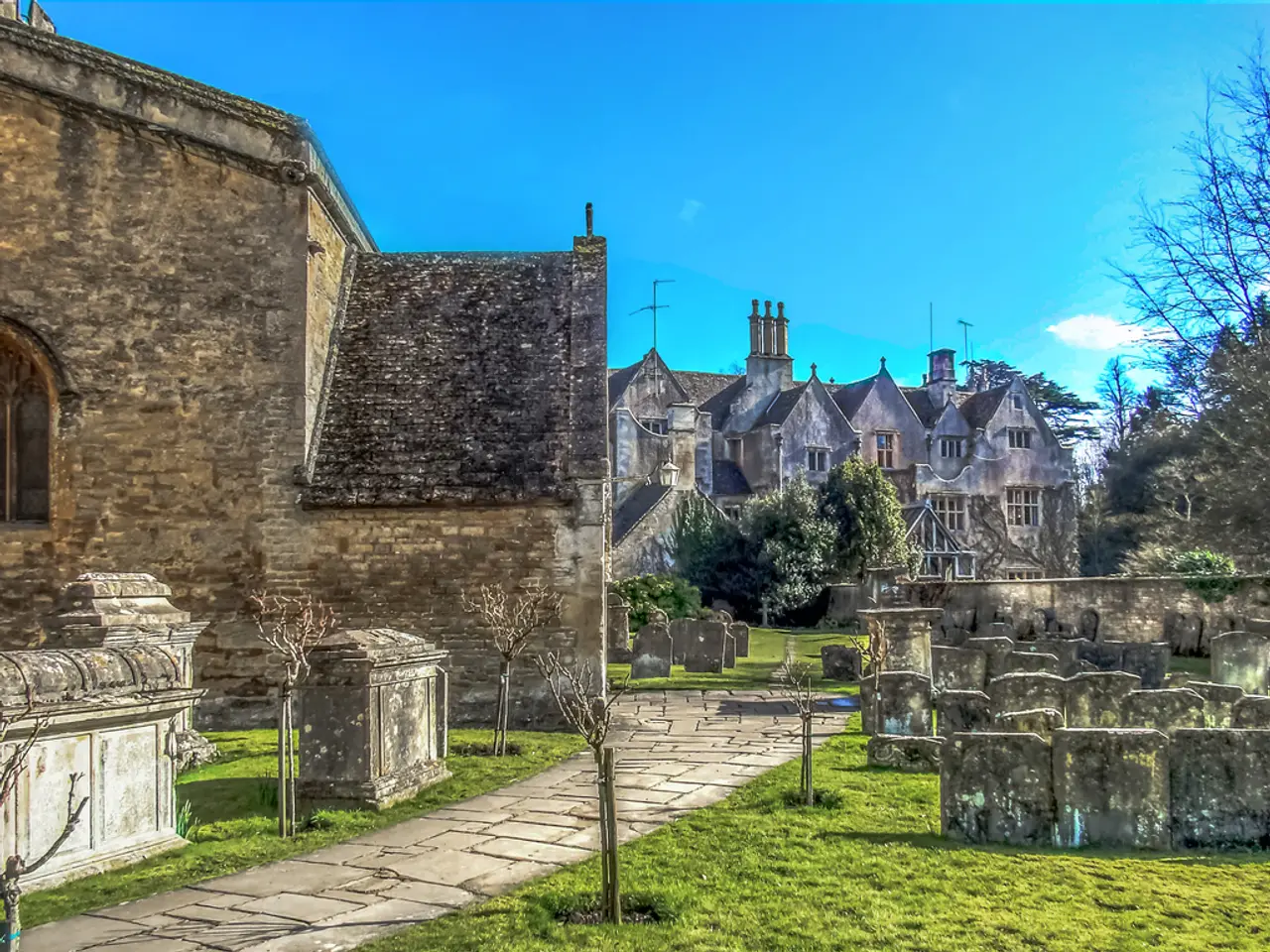'The proposed "Grey Belt" housing plan faces criticism as being deemed unnecessary by the House of Lords'
The UK Government's Grey Belt housing policy, introduced to help meet the target of building 1.5 million homes by 2029, is under scrutiny as concerns about its implementation and long-term viability arise.
Recent evaluations, including discussions in the House of Lords and planning news, suggest that the policy provides some flexibility for housing, commercial, and tourism development within green belt areas, but its short-term impact is limited. In regions like the North East of England, many councils already meet housing supply requirements, limiting the immediate use of grey belt land.
The policy's golden rules, which require 50% of housing to be affordable and aim to prevent unrestricted sprawl, merging of settlements, and preserve local character, have been criticized for vagueness on infrastructure improvements. This could potentially lead to insufficient enhancement of infrastructure alongside new developments.
Despite some increases in housing approvals in certain areas, the policy's contribution to the Government's target of 1.5 million new homes remains unclear due to a lack of proper tracking. Estimates vary wildly, from as low as 50,000 to as high as 4 million homes.
The House of Lords Built Environment Committee has expressed concerns about the policy's implementation, finding it to be rushed and incoherent. Committee chair Lord Moylan criticized the Government's approach, stating that the policy is unlikely to have any significant or lasting impact on planning decision-making.
One of the key issues highlighted by the committee is the financial barrier the policy presents for Small and Medium-sized Enterprises (SMEs), making it difficult for them to build on grey belt land. The Government's pledge of funding for 300 additional planners in the Autumn Budget is deemed insufficient by the committee to meet the scale of reform needed.
The lack of a robust framework for the grey belt policy means it is unlikely to play a meaningful role in solving the UK's housing crisis. The committee found that the Government has failed to assess how many homes could actually be built on grey belt land, and there are concerns about the strain on local planning authorities, which are already struggling with limited resources.
The introduction of grey belt land could potentially encourage speculative development applications in the green belt, undermining the Government's intention for managed land release. The revised grey belt policy still presents a financial barrier for SMEs, potentially limiting their ability to build on grey belt land.
The Lords committee's findings add to growing concerns that key planning reforms lack coherence and a clear strategy for implementation. The Government has no way of measuring how many homes will be built through grey belt designation, suggesting that effective policy must be evidence-based and able to demonstrate its efficacy.
The report warns that the long-term viability of developed grey belt sites depends on access to public transport, schools, healthcare, and environmental considerations, factors that have not been adequately addressed in the policy. This could potentially limit the policy's success in the long run.
In summary, while the Grey Belt policy represents a cautious step towards increasing housing supply by releasing less critical green belt land, its short-term impact is constrained by existing regional housing land supplies and planning complexities. The policy has led to some increases in housing approvals while preserving key green belt functions, but criticism exists regarding the clarity of rules and the ability to sufficiently enhance infrastructure alongside new developments.
- The Grey Belt policy, despite providing flexibility for development within green belt areas, may face challenges in its long-term viability due to the lack of a robust framework and insufficient enhancement of infrastructure.
- The Government's strategy for implementing the Grey Belt policy appears incoherent and rushed, raising concerns about its effectiveness in addressing the UK's housing crisis.
- The financial barrier presented by the Grey Belt policy for Small and Medium-sized Enterprises (SMEs) poses a significant limitation to the number of homes that could be built on grey belt land.
- The success of the Grey Belt policy in the long run could be limited if factors like access to public transport, schools, healthcare, and environmental considerations are not adequately addressed.







